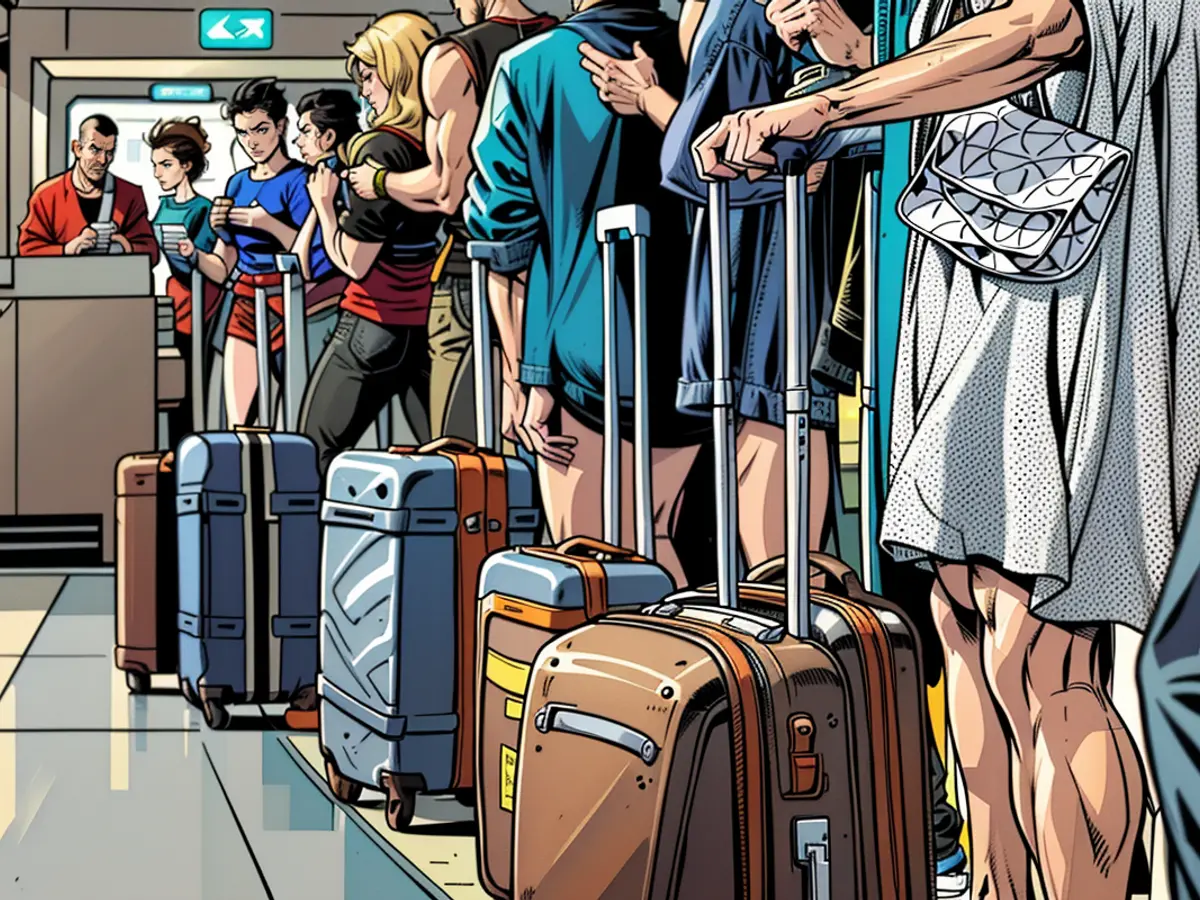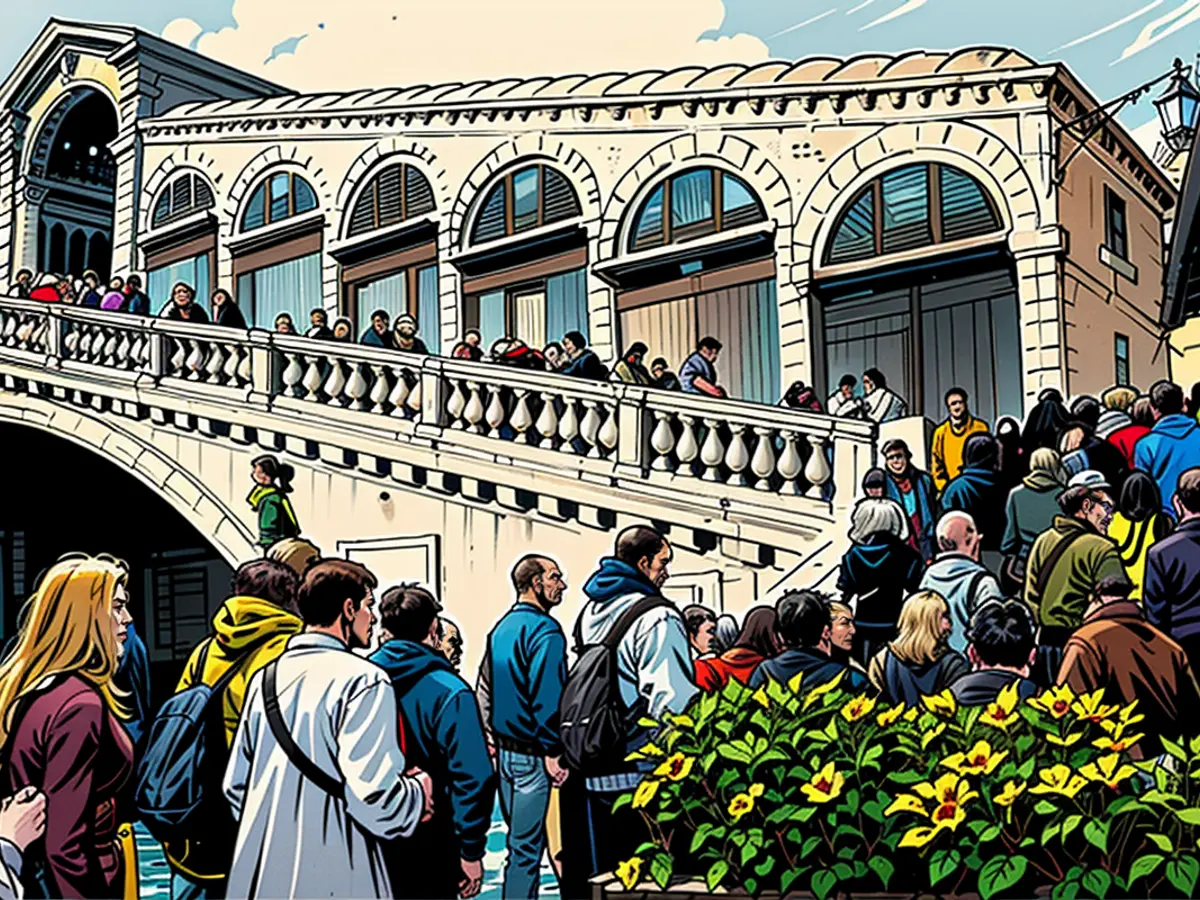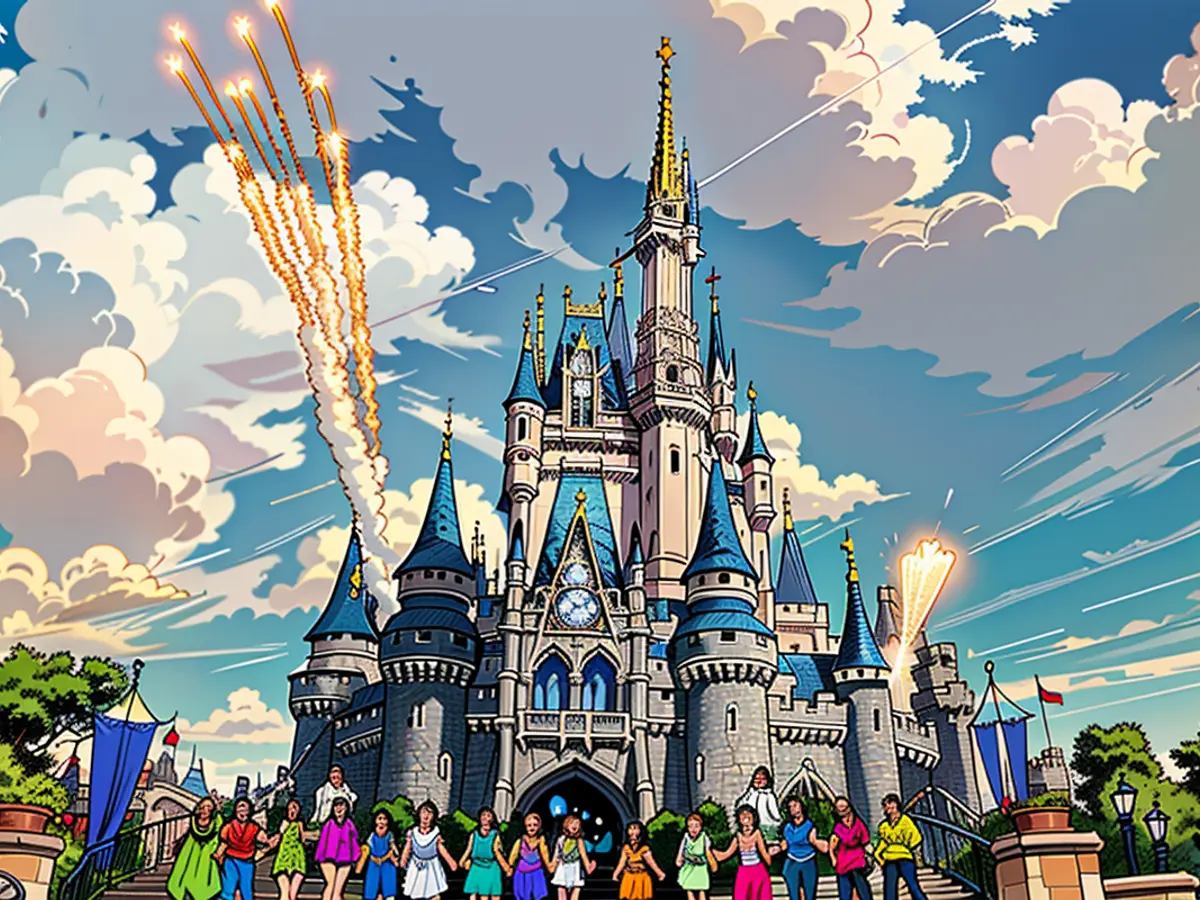In this Dutch municipality, a tradition of remembrance continues to flourish, eight decades following its liberation.
Situated on a sprawling 65.5 acres in the Netherlands' southernmost province, close to Margraten, this country's sole American military cemetery salutes around 10,000 U.S. soldiers who perished during World War II.
Approximately 8,300 grave markers, mainly bearing crosses or sporting the Star of David, dominate gently bowed rows across manicured turfs. At the cemetery's entrance, 1,722 names are etched on the Wall of the Missing.
The tour guide is Arie-Jan van Hees, a World War II specialist, native resident, and former Dutch military member. His 90-minute tour delves into profound facts about the conflict, including its devastating impact on Allied soldiers and the Dutch populace under Nazi occupation, specifically the Dutch Jewish community. He recounts harrowing accounts of Operation Market-Garden, the war's largest airborne operation, which unfolded approximately 70 miles from the cemetery. He also reveals how various soldiers honored here are depicted in famed books and series like "Band of Brothers."
However, the tour takes a deeply personal turn at Plot H, Row 6, Grave 4. Van Hees reveals a little-known fact: each soldier has a local family, individual, or organization as their guardian. Van Hees and his family adopted Verl E. Miller in 2005, the soldier buried in this grave.
Van Hees provides background information about Miller's service, such as his role as a glider passenger, and his subsequent death from enemy fire. He illustrates Miller as a farm-raised Ohio teenager who volunteered for duty to replace his newly married older brother and became an ardent letter writer during his service. The audience listens intently, some in silence, others dabbing away tears.
“After finishing my tour, visitors often bid farewell with tears in their eyes, often expressing gratitude for the fact that many in the United States are unaware of the countless American deaths abroad, but also of the adoption program at Margraten,” van Hees said in a recent interview with CNN Travel.
“They express gratitude to the Dutch people for their commitment to honoring the American troops, often referred to as the Greatest Generation, resting at the Netherlands American Cemetery.”
An eight-decade legacy
The cemetery shares this tradition with other European graves, but Margraten's adoption program stands out as perhaps the most expansive and enduring.
It began in 1945, only a year after the original cemetery was built to house the remains of thousands of deceased U.S. soldiers, slain during operations in the eastern Netherlands or in advancements into German territories.
Following the cessation of hostilities in Europe on May 8, 1945, and by 1947, approximately 18,000 U.S. service members had been interred at Margraten. Some were later returned to American soil. As the Dutch sought a meaningful method to honor their liberators, a grassroots movement emerged as families voluntarily became caretakers of their adoptive soldiers' graves. The records connecting soldiers and Dutch families were maintained, with addresses and other significant information written or typed on index cards.
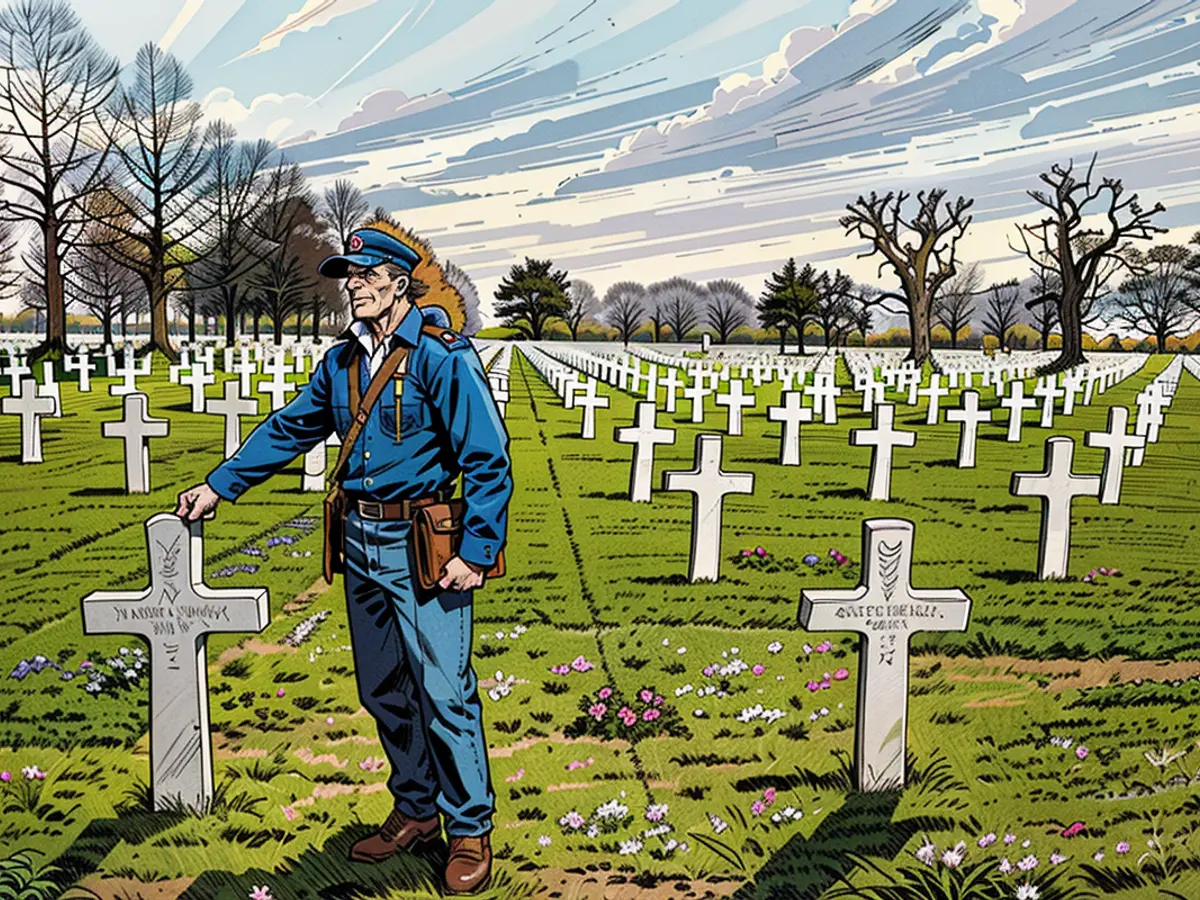
“What is so remarkable about this whole endeavor is that it was spawned in a modest, agricultural community made up of ordinary folk: priests, mayors, farmers, individuals from diverse backgrounds,” stated Peter Schrijvers, a WWII expert whose works include "The Margraten Boys: How a European Village Kept America’s Liberators Alive.”
“The fact that they established such an organization almost organically – scrounging for typewriters from whoever had them – is truly remarkable."
The grassroots movement gained momentum when a letter from Maastricht's mayor, situated eight miles from Margraten, appeared in LIFE magazine in August 1945, expressing gratitude to U.S. soldiers. This sparked Mabel Feil of Demopolis, Alabama, to request information about her late husband's grave, ultimately adopted by a Dutch family. This led to widespread publicity and an increased interest in the program, explained Schrijvers.
Since 2003, the Foundation for Adopting Graves at the American Cemetery Margraten has managed the program. The waiting list reached 1,000 names in 2021, prompting the foundation to discontinue new applications. Currently, more than 700 hopeful adopters persist, with between 30 and 60 graves becoming available annually, stated foundation secretary Frans Roebroeks.
“People who gain admission onto the waiting list are so eager to adopt a grave that once they obtain one, they take every measure to keep it within their family,” Roebroeks stated.
“They bring their children to the cemetery and expect them to inherit the grave once they mature. It gives us pleasure to witness such devoted families with young children visiting our foundation's facilities. We believe our work's significance is evident."
In the Netherlands, September 12 holds significance, being the anniversary of the liberation of the initially freed Dutch village, Mesch, situated in the South-Limburg province. The monarch, King Willem-Alexander, and Queen Máxima, will attend the inaugural event in Mesch to celebrate the 80th anniversary of this liberation. Various commemorative activities, where numerous American veterans partake, include an annual Freedom Symphony held at the graveyard since 2006.
Regardless of the day, individuals frequently appear at the cemetery to decorate graves or the Wall of the Missing with flowers or flags, sometimes accompanied by a photograph of the fallen soldier. This act is another manifestation of the enduring commemorative culture in the region.
A woman named Schrijvers mentioned, "One lady told me, 'If we forget about them, they'll die a second time.' And I believe that's a significant motivator for people, those who still remember the war. The sentiment among them is: if we stop doing this, if we don't persuade our descendants, future generations to not forget, these soldiers will die a second time. And that, for many, is too much to bear."
"Unwavering commitments"
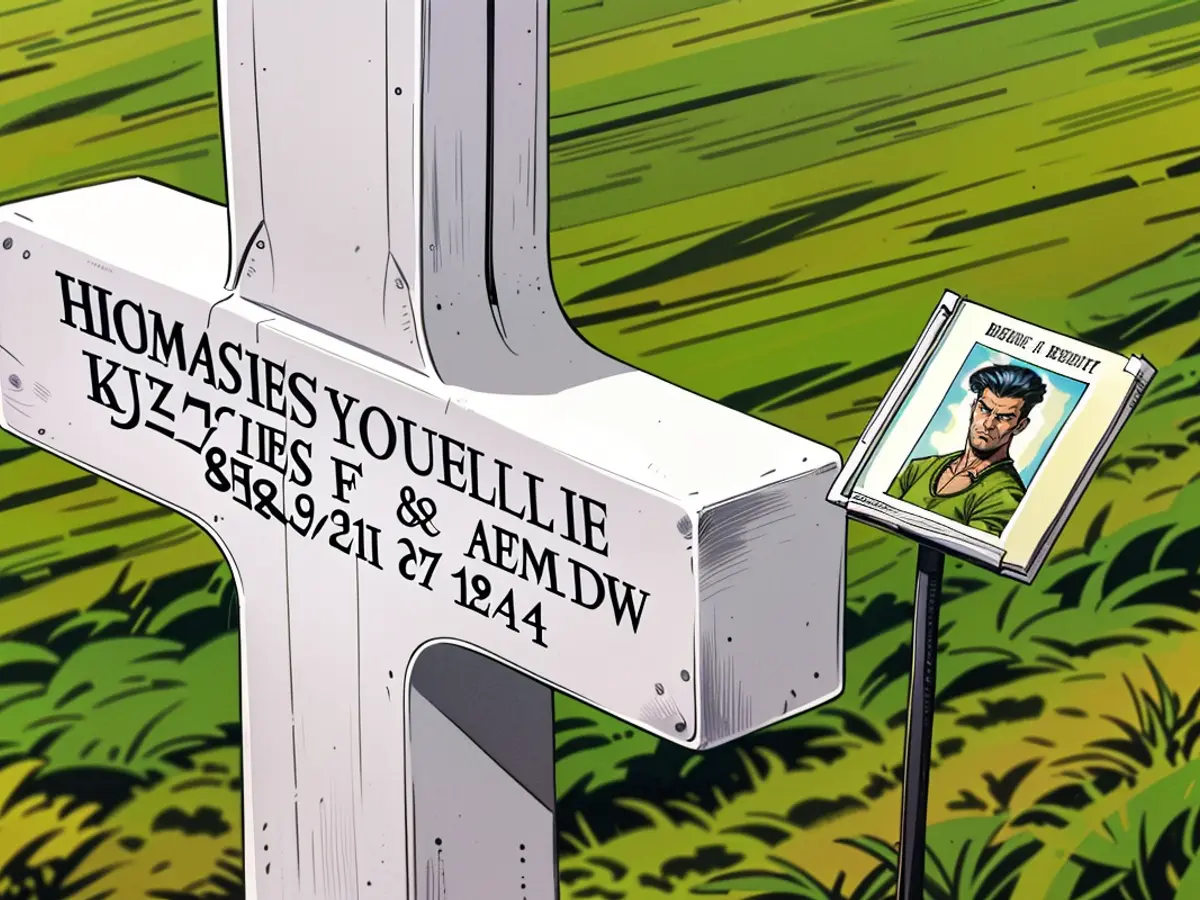
As per Schrijvers, the longevity and success of the adoption program can be attributed to several factors. One contributing aspect is how the war progressed during the autumn and winter of 1944.
Beginning in September, the southern part of the Netherlands was liberated by Allied troops – months prior to the rest of the country – following nearly five years of German occupation. American troops sustained strong ties with the Dutch communities around Margraten during major aerial and ground operations into neighboring Germany. According to Schrijvers, "The exceptionally close bonds between the liberated and those who liberated them was forged during that timeframe."
However, when thousands of the soldiers' bodies were brought back to Margraten for burial, a strong desire to honor their memory carried over multiple generations among the Dutch families.
"Standing before a grave of a young man with a full future ahead of him, whose life abruptly ended is something that would be etched into their minds," Schrijvers stated. "It is horrifying to consider, and witnessing this occur numerous times – we're talking about 18,000-plus at that time – is an image never to be forgotten."
Similar to some Dutch survivors of the war, Roebroeks' grandfather knew the soldier whose grave he chose to adopt.
Henry W. Wolf served in the 774th Field Artillery Battalion, and Roebroeks' grandfather welcomed the soldiers to sleep on his property and shared meals with them. Wolf, whom his grandfather regarded as his own son, was killed in action. Devastated, the Dutchman immediately went to the cemetery to adopt Wolf's grave, a responsibility that is now tended to by Roebroeks' sister.
When Van Hees' father was 20, his Dutch village was raided by German troops, and he was subsequently taken to a forced labor camp. He was liberated, thankfully, by the American 79th Lorraine Infantry Division, just before the end of the war.
"Thanks to the American 79th Lorraine Infantry Division, he was freed shortly before the war concluded, on April 8, 1945," Van Hees revealed, whose son, Jeroen, adopted a soldier who had saved his grandfather's life when he was 11 years old.
"The emotion is overwhelming"
Approximately half of the grave adopters have established contact with their soldiers' families. These relationships develop into deep bonds of mutual appreciation, offering American relatives the opportunity to get to know a missing relative they had never had the chance to meet.
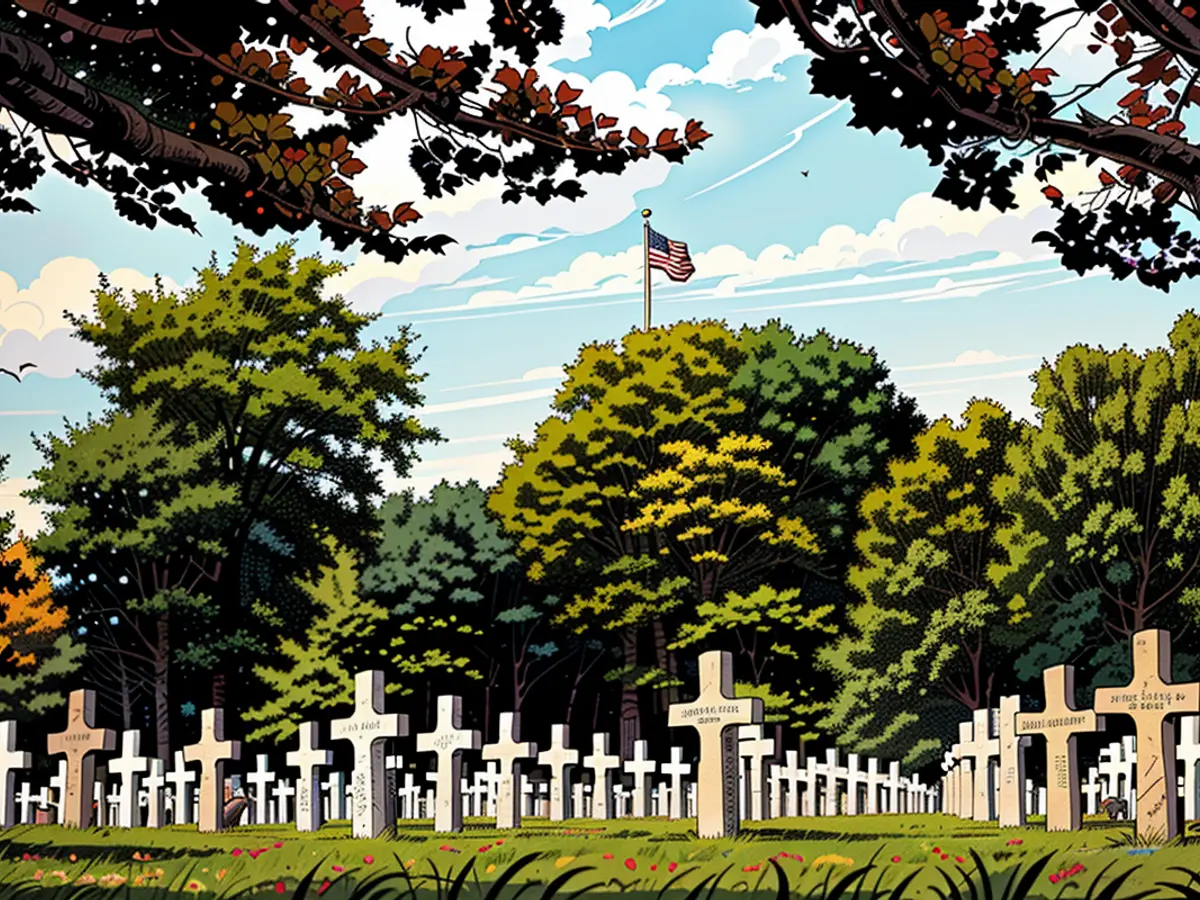
Such is the case for Susan Brueggemeier and Cindy Landwehr, who, along with their two other siblings, were unaware of much about one of their uncles after he passed away during the war.
Then, in September 2019, nearly 75 years after their uncle's death, Brueggemeier received an unexpected email from a cousin who bore the uncle's name. The cousin had discovered information about the soldier through the Heritage of Honor Foundation, an online memorial of more than 38,000 American soldiers across Europe.
Brueggemeier and her husband, Bob, planned to visit the Netherlands within two months for a river cruise that would conclude in Amsterdam. Van Hees and his wife, Nicole, agreed to escort the couple to Margraten, where they would see their uncle's grave for the first time amidst the rows of white marble crosses and stars.
"It takes your breath away thinking 'There are this many people?' and 'There are so many of these cemeteries?' and 'These were all young individuals with lives to live,' " said Brueggemeier. "During the pandemic, Brueggemeier and Van Hees kept in touch, sharing new insights they had uncovered about the soldier." In 2022, the Brueggemeiers returned to Margraten – this time, in the company of Landwehr and her husband, Craig – as invited guests for three days of events honoring their uncle.
There was a ceremony that recognized Miller posthumously with the prestigious Dutch Orange Lanyard, a significant military honor. Van Hees and Tim Hendriks, a different Dutch war specialist, were the ones who submitted the application for this recognition. Alongside the ceremony, the attendees also explored places where their uncle spent his final days.
In Landwehr's words, "They pretty much led us through the trails our uncle would have taken, the spot where his glider landed, where he marched. They even researched and showed us the location of his foxhole, collected soil from there for us to take home. It was truly remarkable."
The commemoration program has not only kept Miller's memory alive but also healed the family, as Brueggemeier explained: "My aunt, uncle, cousins, siblings, and I are all drawn closer due to Verl's story and the efforts of the adopters in honoring him."
"He's never left alone"
Other adopters persist in searching for the soldier's remaining family members.
In 2005, after President George W. Bush's visit to the cemetery, Peggy Kuijpers and her partner, Maurice Claessen, adopted their soldier, Paul Akosevich. Yet, they possess only limited information about him, such as his World War II service, his home state (California), and his date of death (March 14, 1945). A recent discovery revealed that he played high school football, a fact mentioned in a 1942 LA Times article.
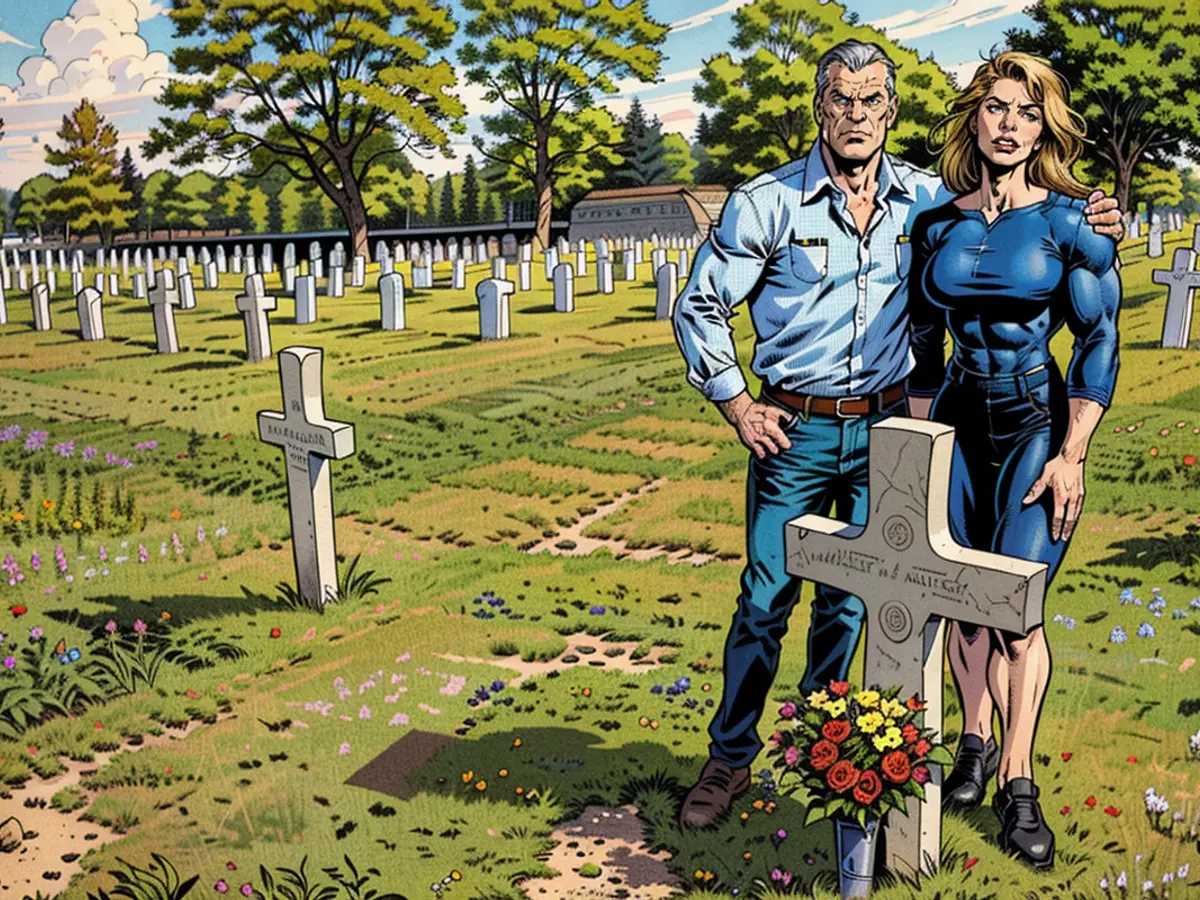
They have uploaded their contact information on Akosevich's Find A Grave page and frequently share their visits to his grave on a public Facebook page for adopters. Regrettably, they have yet to receive any contact but remain optimistic that someone will find them someday.
"We want them to know that his grave is in Margraten and that we have adopted it and take care of it," Claessen said, carrying a black-and-white portrait of Akosevich on his phone, just as a proud father would. "He's never been alone."
"The cemetery's influence"
Like the adoption program and other initiatives honoring soldiers, the Netherlands American Cemetery, maintained by the American Battle Monuments Commission, thrives during various commemoration events before the 80th anniversary of liberation and the war's end in 2025.
The $6.7 million visitor center, which opened in December 2023, features displays dedicated to crucial military campaigns that transpired in the area, featuring real artifacts such as uniforms and a wooden cross formerly adorning a grave. The cemetery is an emotionally powerful experience for first-time visitors from the United States, according to superintendent Jason Bordelon.
"Because World War II didn't occur on American soil, it feels distinct when you stand in this landscape and see, physically, the environment where they were, and observe the cemetery's magnitude and power," said Bordelon.
The last soldier buried in the cemetery is Willis Utecht, a 2nd lieutenant killed on October 2, 1944, near the Dutch village of Mook. His body was unable to be recovered from the battlefield, causing him to be listed as missing in action. Ultimately, his name was inscribed on the Wall of the Missing.
In 1993, human remains found by a farmer plowing his field were eventually identified as him. On September 16, 1994, he was laid to rest near the 65-foot flagpole displaying the American flag.
Quickly, his grave was adopted.
The tour at the Netherlands American Cemetery often leads visitors to feel emotional gratitude towards the Dutch people for honoring the American troops, many of whom are unaware of the large number of American deaths abroad. (sentence 1)
The adoption program at Margraten began in 1945, where Dutch families voluntarily became caretakers of the graves of their adoptive soldiers, starting a tradition that is still continuing today. (sentence 2)
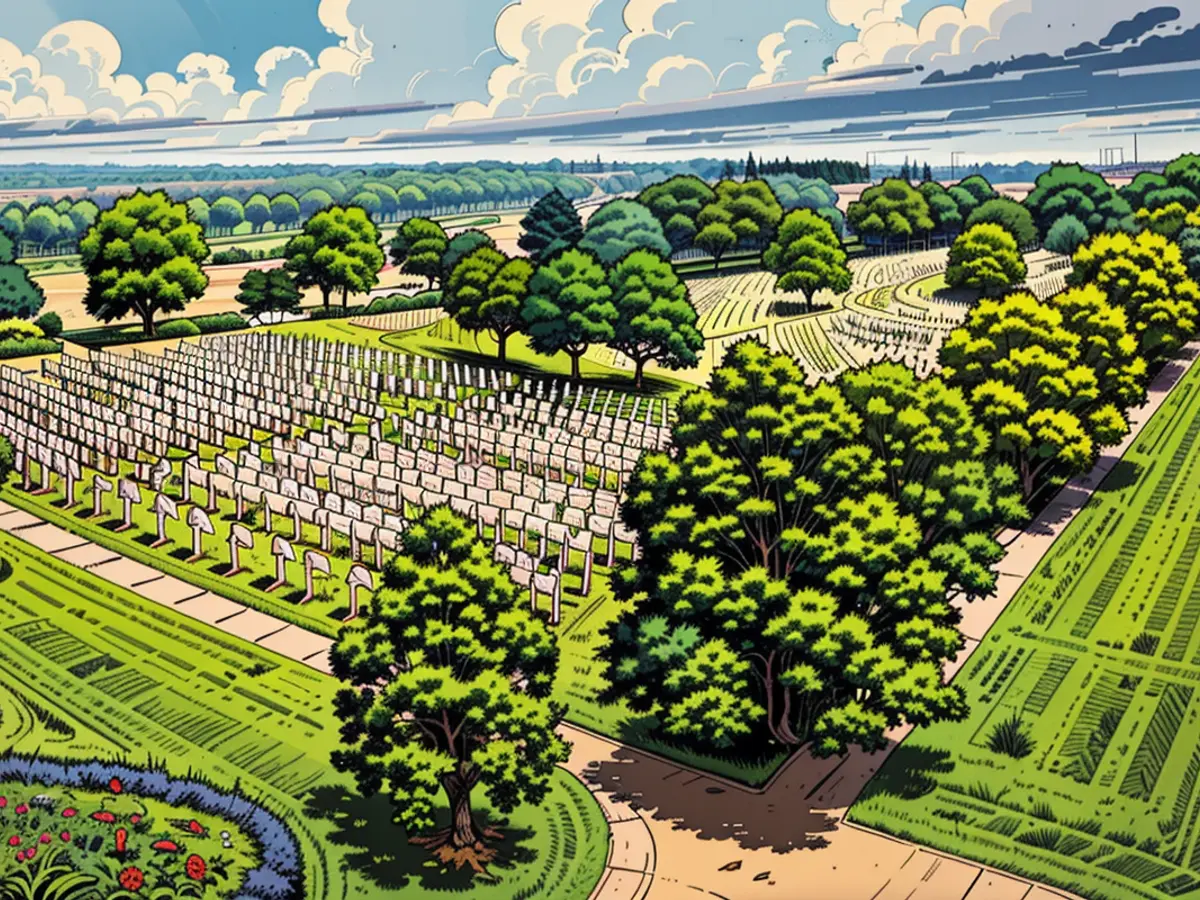
Read also:
- Fear of escalation in the Middle East: US Secretary of State Blinken travels to the region again
- Government circles: US Secretary of State Blinken to travel to Middle East again
- Bridging days 2024: How you can double your vacation this year
- Germany has wanderlust: how tour operators and airlines are looking ahead to the next travel year


